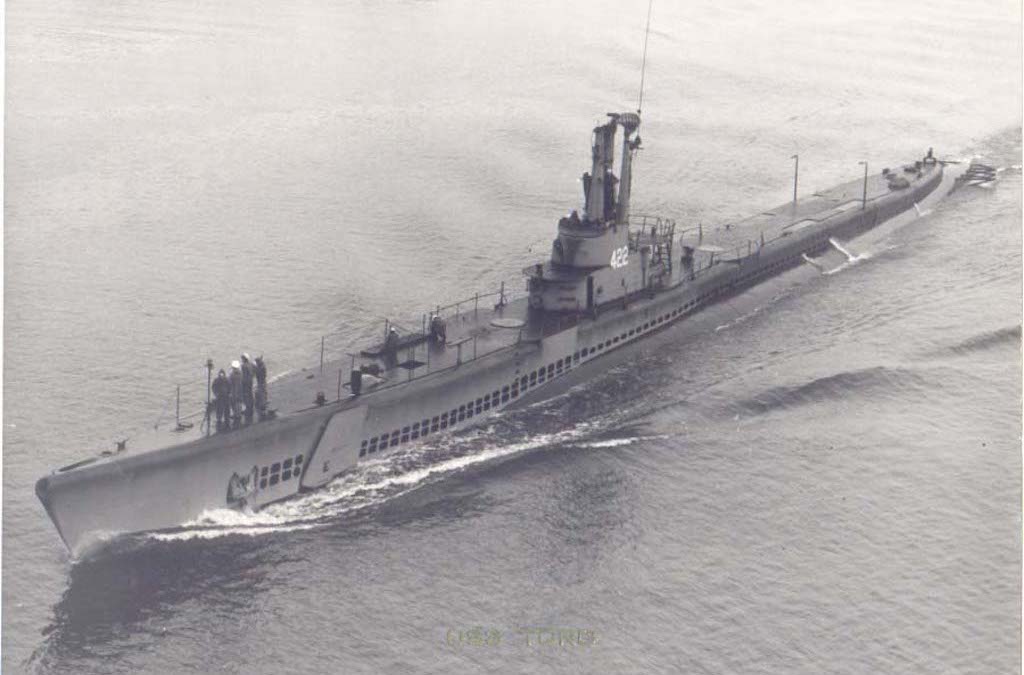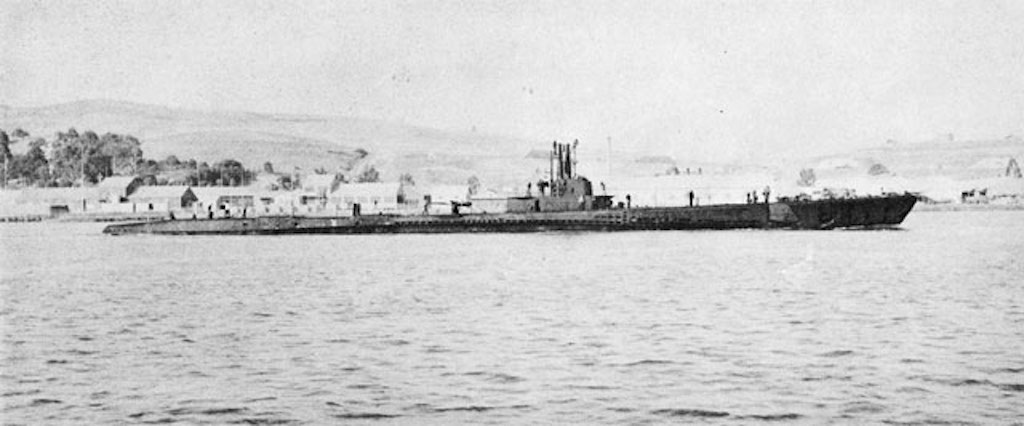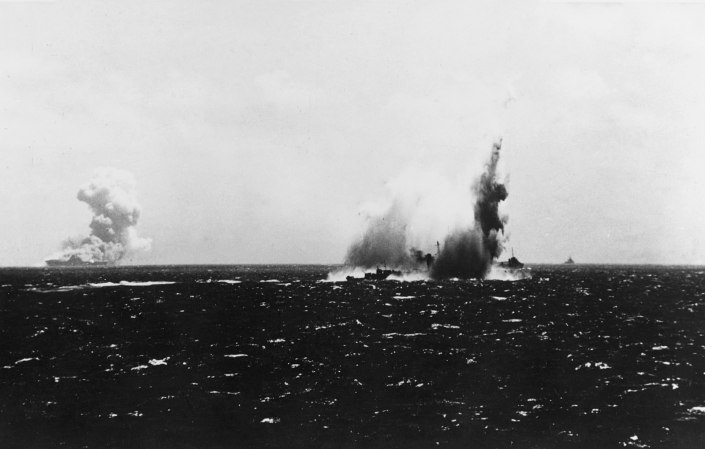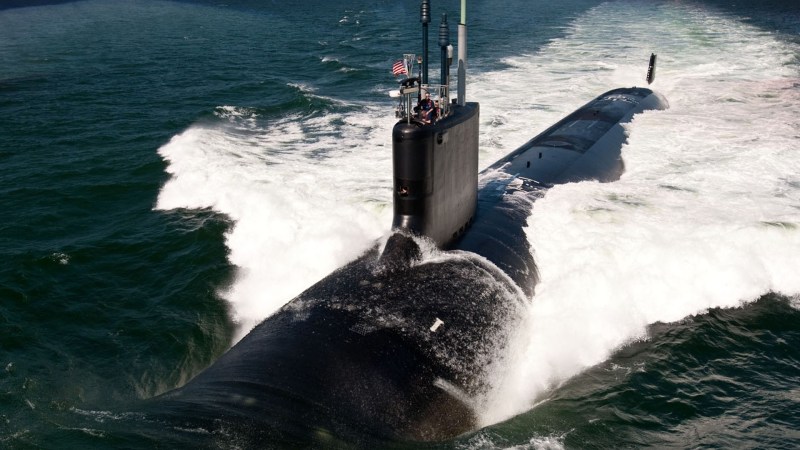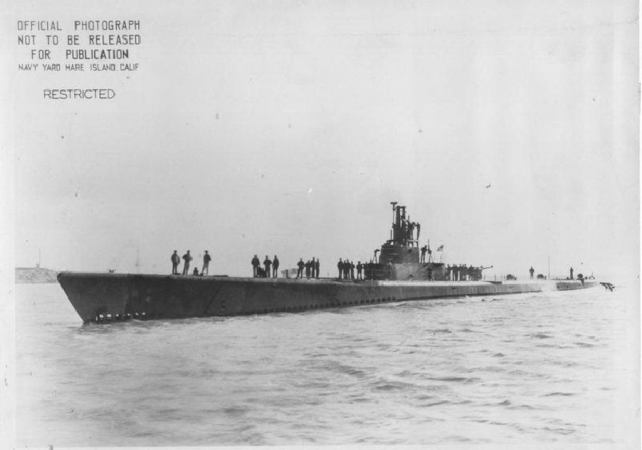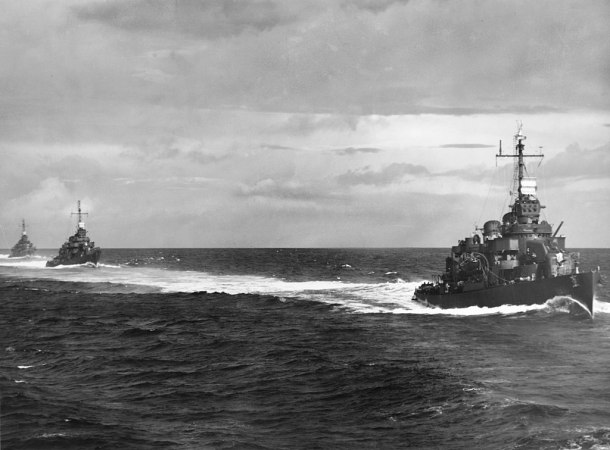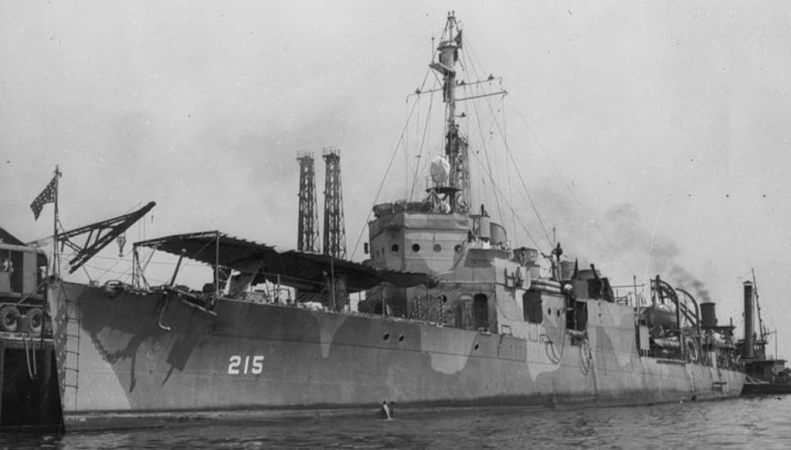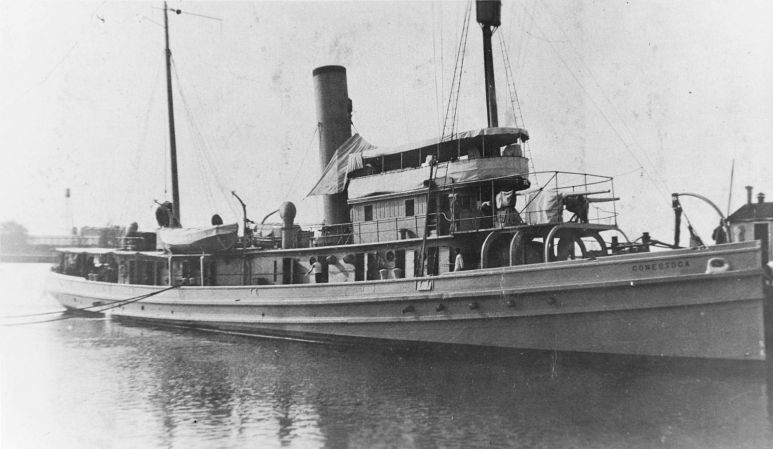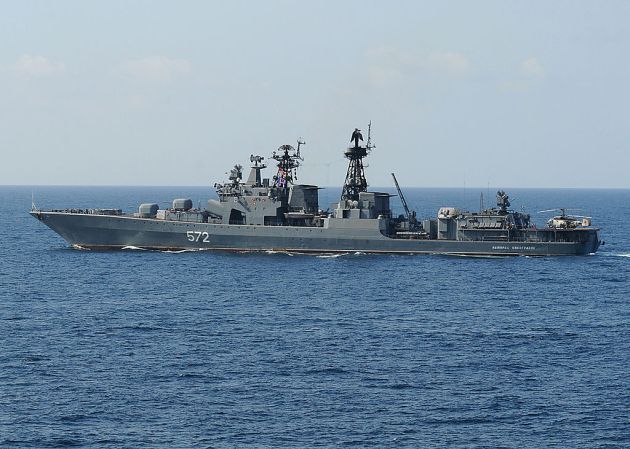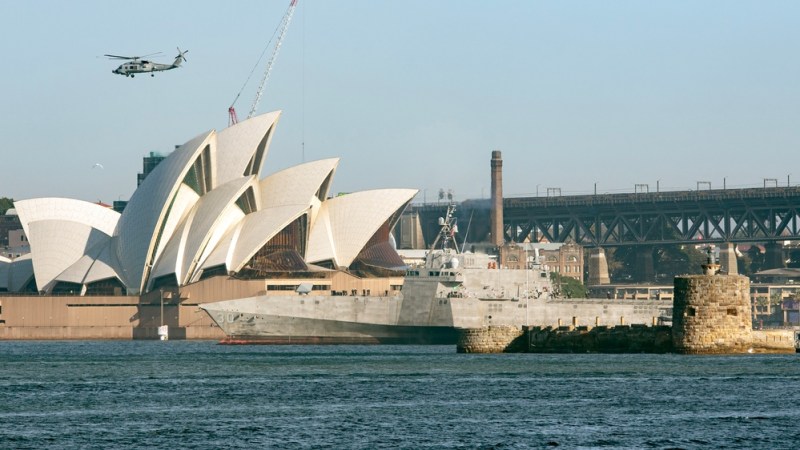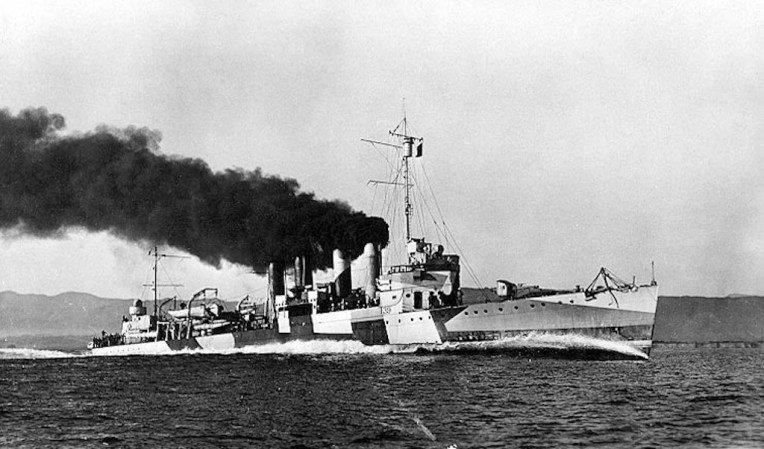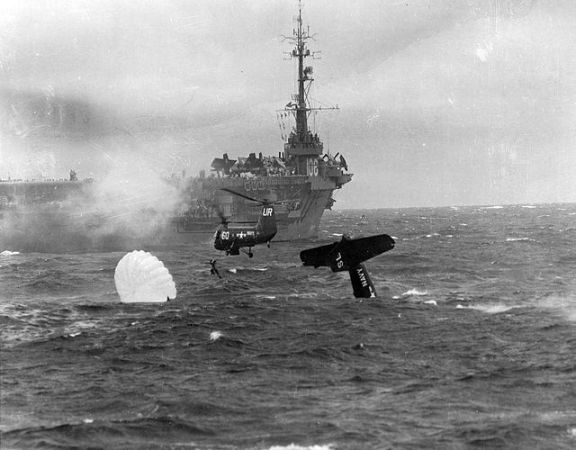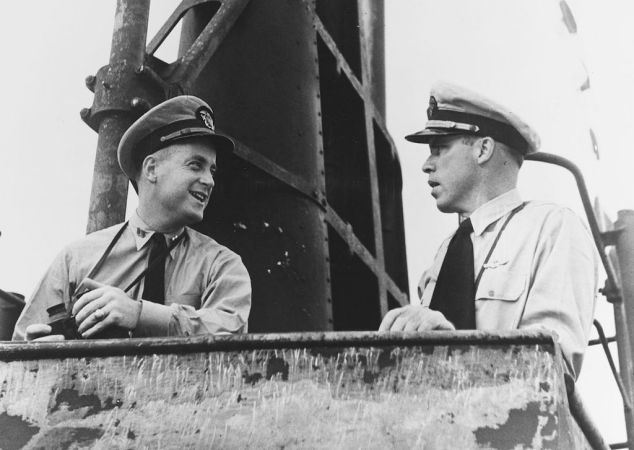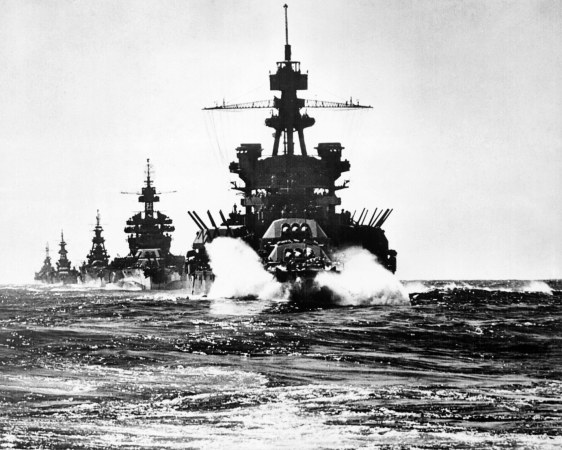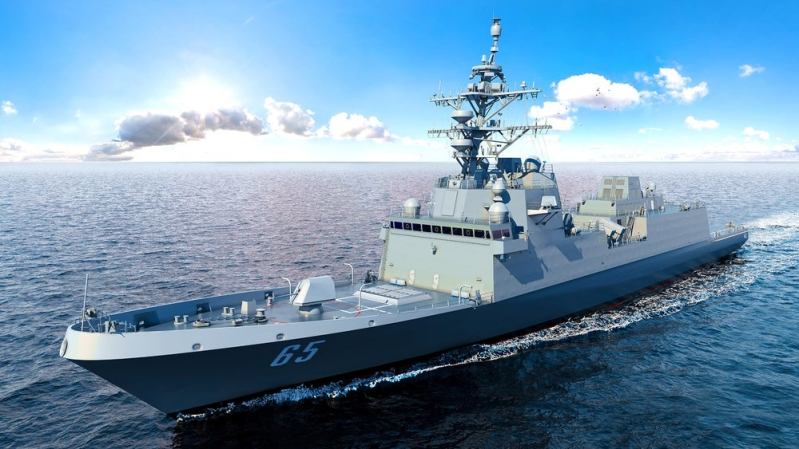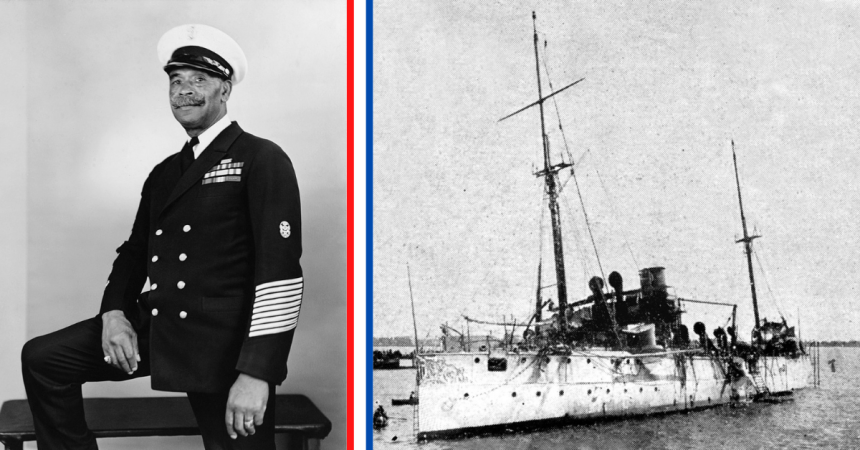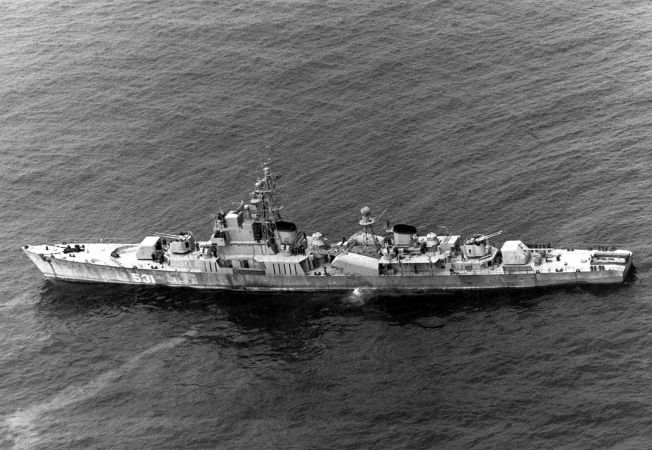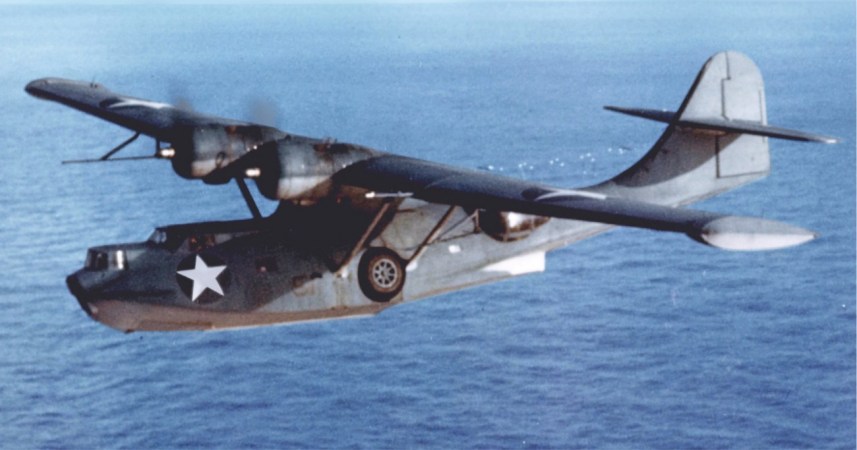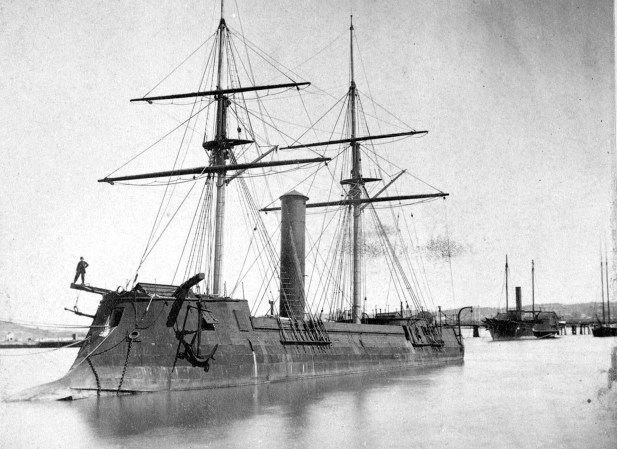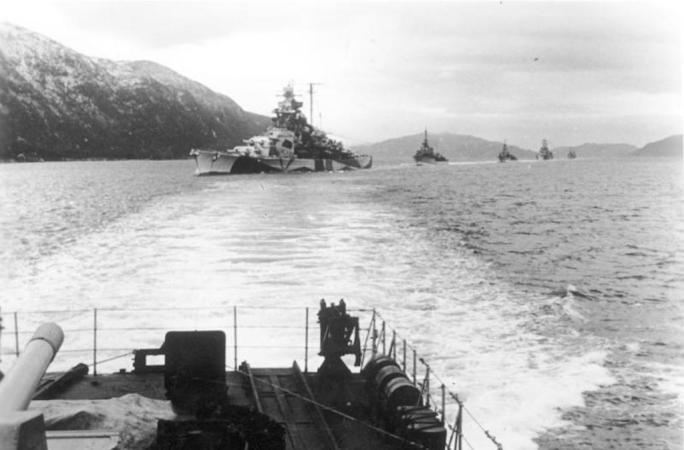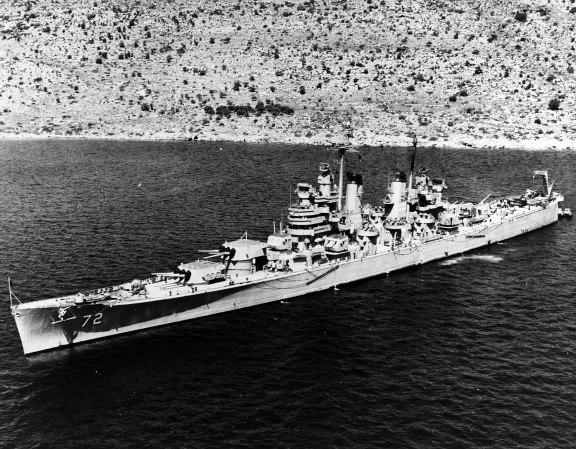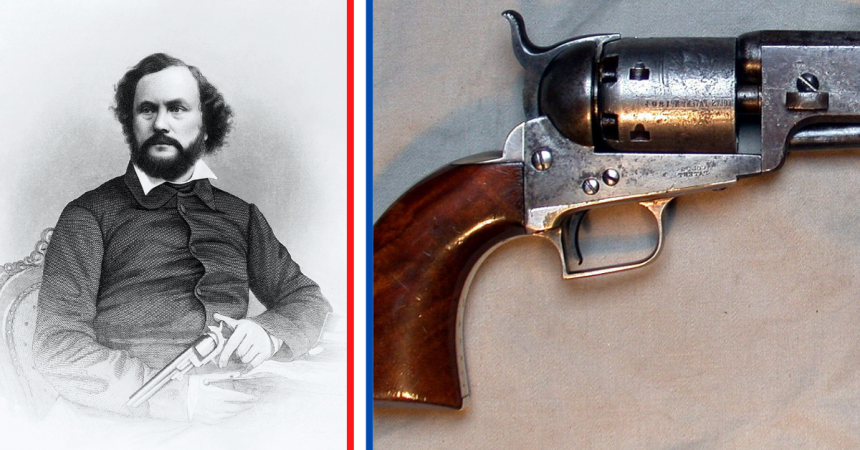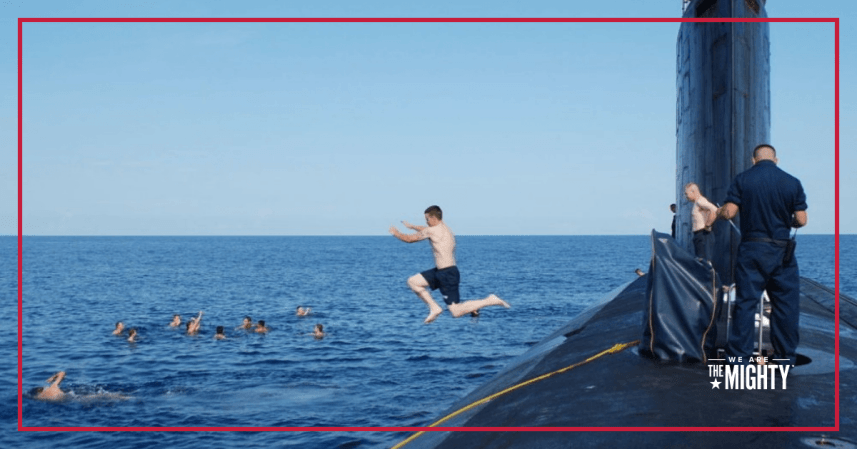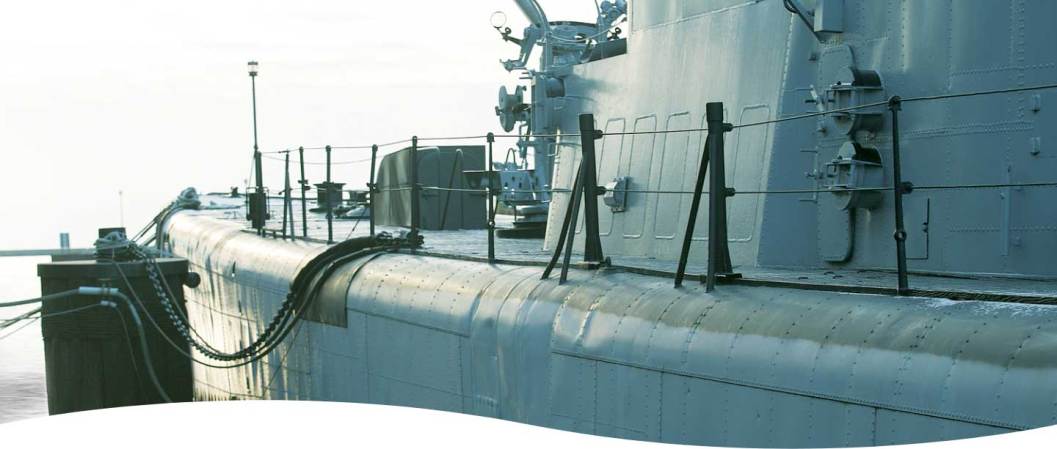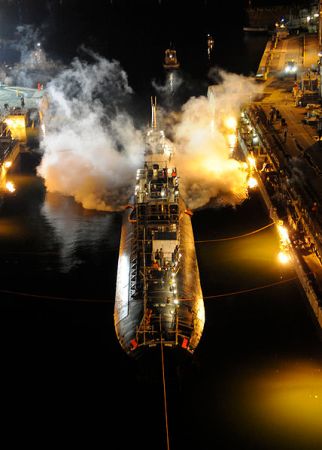Before World War II, submarines didn’t play a pivotal role in American warfare. Granted, for most of the country’s military history, submarines didn’t exist, but they played a crucial part for other belligerent nations during World War I, a part that didn’t go unnoticed by the U.S. Navy. So when World War II came around, the Navy was ready to embrace this new tactic – and they did, with a lot of success.
American submarines destroyed 55% of Japan’s merchant marine shipping, and some 686 Japanese warships. In the Pacific Theater, submarines did the heavy sinking for the Navy, and were responsible for more than half of Japanese maritime losses. Although just 2% of the U.S. Navy, they sank 30% of the Japanese fleet.
To make those astonishing numbers, however, the U.S. Navy needed to build those subs at the beginning of the war. Starting in 1940, the Navy built more than 200 submarines in three classes, the Gato-class, Balao-class and Tench-class. Just as importantly, they needed names for these submarines.
While naming a sub may not sound like an important task to us non-seafaring folk, it’s a pretty big deal to sailors. Whereas every other aspect of shipbuilding is done with scientific exactitude, naming a ship comes down to beliefs, traditions, and superstitions – and it needs to be done before the ship is christened and put in the water. A ship’s name can have a huge impact on morale and success in its mission.

With a mission as big as crippling the naval activities of the Japanese Empire, you can start to see why naming these hundreds of submarines suddenly becomes important. The U.S. Navy actually has regulations on how ships are named today, but in 1900, when subs were first introduced to the Navy, there weren’t any.
The first naming convention for submarines was that they should be named after “fish and land creatures that sting.” Between 1931 and 1947, that reg was changed to “fish and denizens of the deep.” This was fine at first, because there are plenty of fish in the sea. As more and more submarines came to be built, however, the Navy began running out of fish names.
After running out of fish names, they started using the generic names of fish. Then they started using their Spanish names. Then they began using Polynesian names. All that was left were the Latin names ichthyologists have long used to name creatures, but the problem with that is, they are not easy or quick to say, difficult to pronounce, and even worse for the sailors who want to actually receive mail: hard to spell.
The Navy reached out to the Smithsonian Institution, which was then called the United States National Museum, for help. They needed more and better fish names and background information on those fish – they didn’t want to use a name that was similar to another, or that could be easily made fun of.
The Smithsonian’s Institute of Fishes began providing commanders with information and pictures of the fish after which their submarine was named. Submarine commanders would then hang the Smithsonian’s letter, along with a provided picture of the fish aboard ship. Not only did this help the Navy name submarines, it gave sailors a morale boost to know more about the names and background of their boat’s fish.

